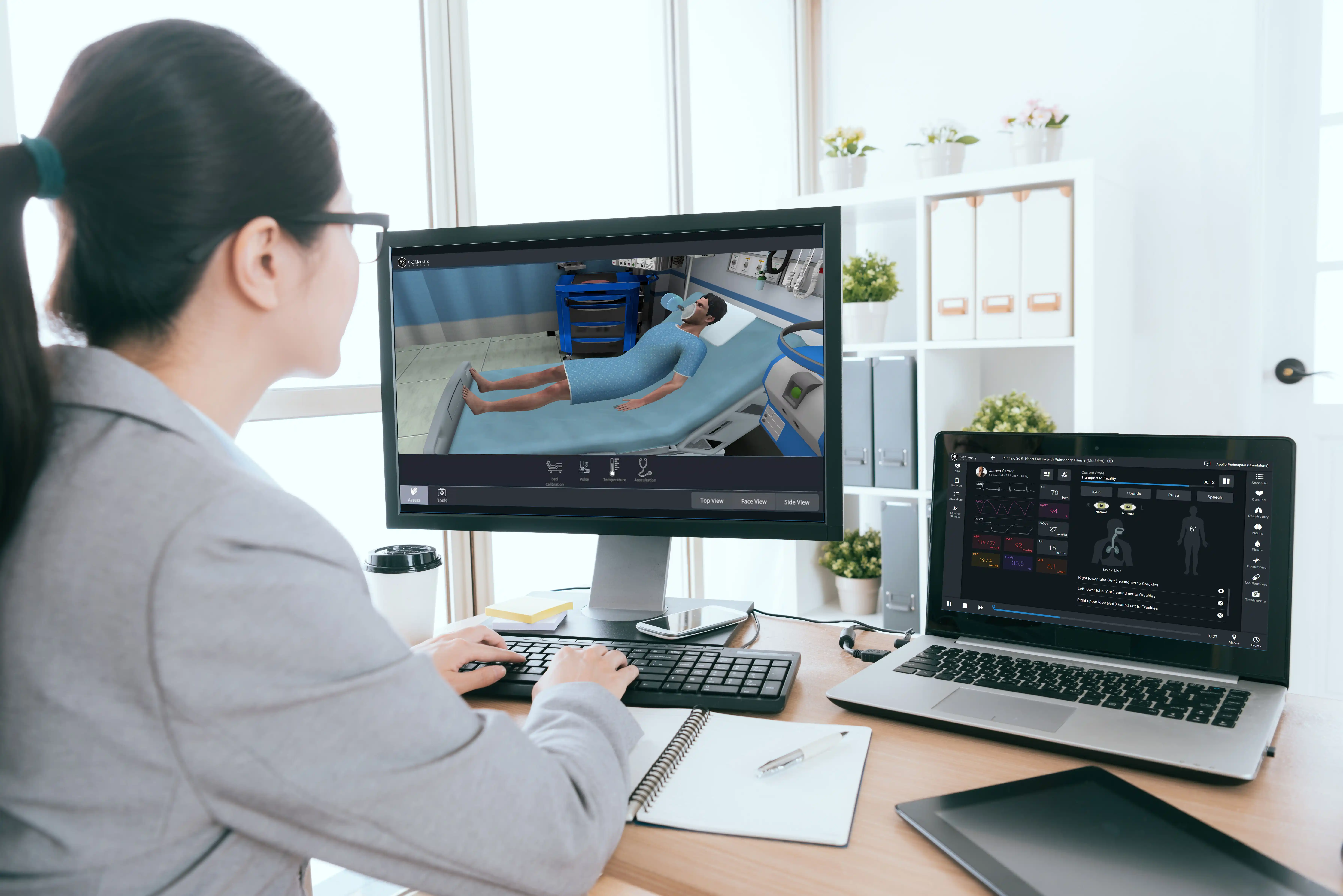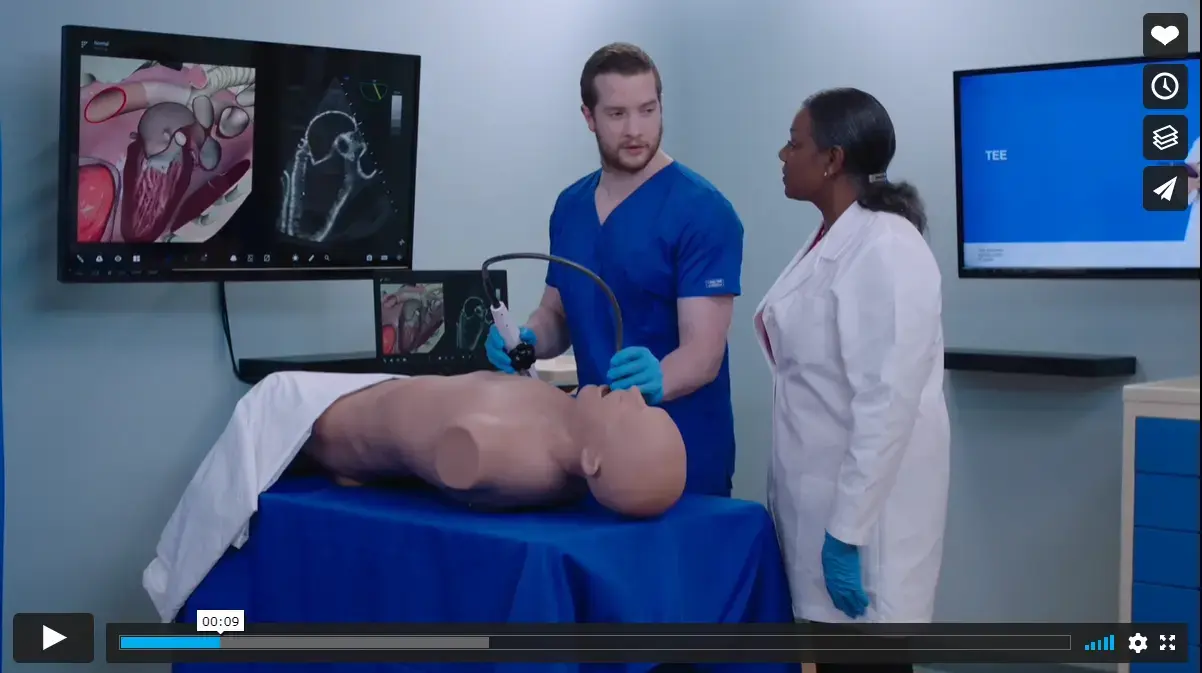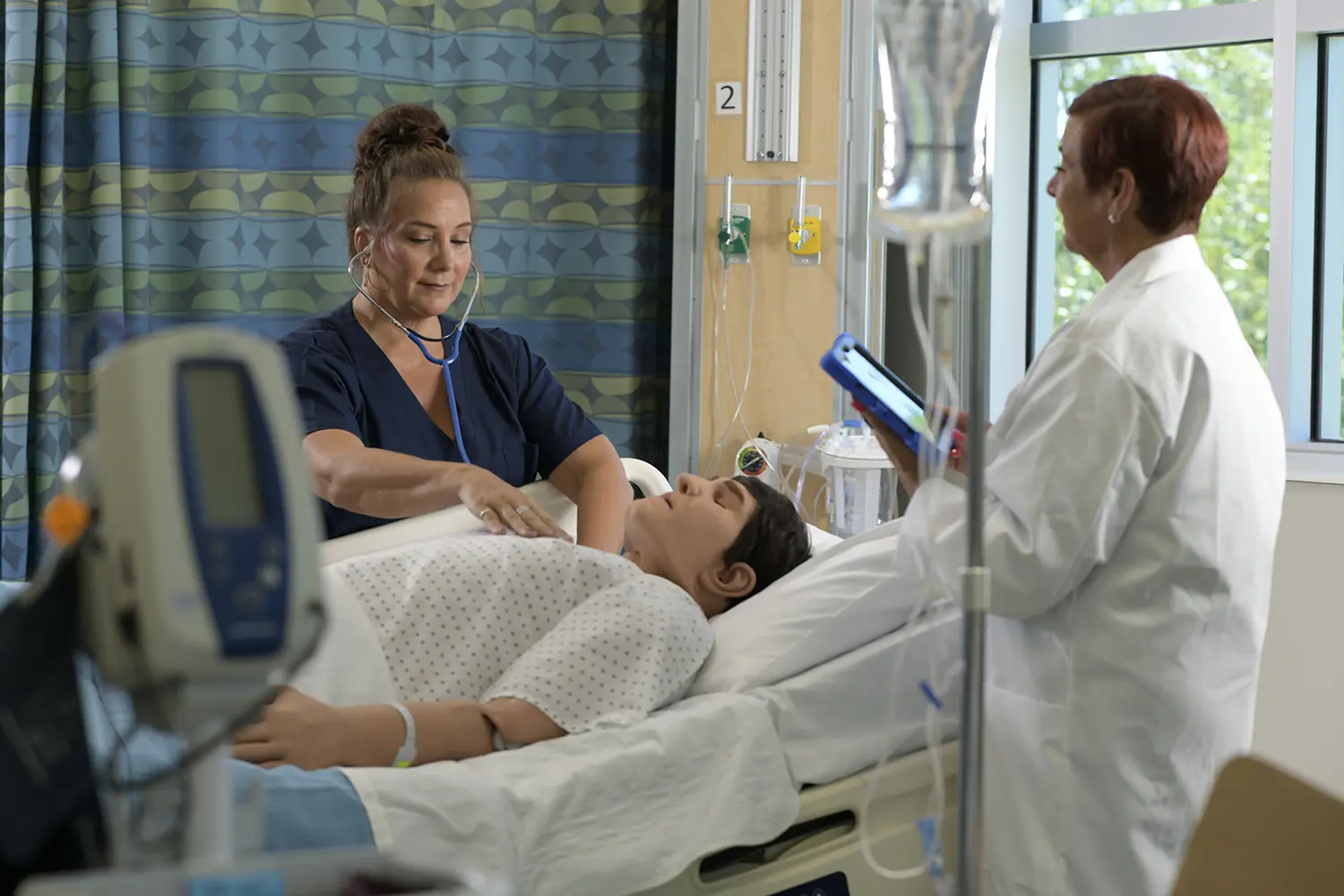CAE Healthcare Blog
Mathematical models: A revolution in medical education (and certification)
Oct 10, 2022

Simulation helps people prepare for the moments that matter – without the risks inherent in real-life practice. But to be effective, these simulation experiences must feel as close to the real thing as possible. Why? Without realism, participants don’t take the simulation seriously, missing the opportunity for experiential learning. What’s more, they may learn the wrong things, which could result in taking the wrong actions when faced with the same situation in real life.
But how do we ensure realism in training? In a word, automation. Automated responses offer many advantages over manual control, including realistic reactions that lead to high-quality training.
For example, the aviation industry uses mathematical models to mimic real-life flight. Leveraging an actual flight deck and flight-control principles, our aviation colleagues automate how a simulated aircraft will respond when circumstances, such as weather, speed or pilot inputs, change. A stall, for example, doesn’t take place at some random point under manual control but exactly when the weather, speed and crew's actions lead to it.
With this realism, pilots in training can learn what to do in real situations, without the potential subjectivity and inconsistency that can be introduced when someone manually runs the simulation.

The same holds true for healthcare, where there are scientifically sound mathematical models for the human physiology and the influences acting on it, such as medicines, equipment (e.g., ventilators) and pathologies. These automated responses enable medical staff to practice with a patient simulator that behaves the same way a real patient would - without the subjectivity or inconsistency of a technician manually manipulating responses behind the scenes. In the subsequent debriefing, the focus is on the participants’ behavior, not the quality of the simulation.
This physiological modeling is used to drive automatic, realistic patient behavior to help instructors focus on learners. For example, the presentation of anaphylaxis would automatically result in reduced vascular resistance, fluid deficiency due to plasma leakage into the tissue and increased bronchial resistance to oxygen, fluid and adrenaline administration.
Our realistic and responsive physiological model serves as the basis for multiple products, including SimSTAT, which places participants in realistic clinical situations they must address. Designed in collaboration with the American Society of Anesthesiologists, SimSTAT is used as an examination tool in the mandatory recertification of American anesthesiologists.
Since such an exam can have serious consequences if failed, a particularly high quality of simulation is required. An anonymized evaluation of participants’ performance objectively identifies areas for improvement. This CAE-led survey (about 100,000 runs and 500 million data points so far) is the largest application of automated objective performance measurement using a physiological model. This model, incidentally, drives all CAE patient simulators under the name "Maestro" and is also available as Maestro Evolve and Maestro Embody in online versions with and without an instructor.
Media Inquiries
Mary Beth Kennedy
Marketing & Communication Specialist


